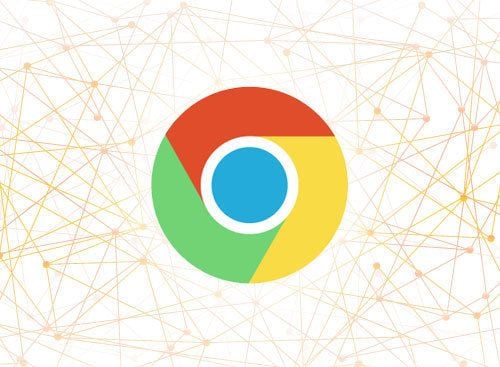How Safe is Your Site According to Google?
)
In October 2017, Google made an annoucement about tightening up security for its users by making SSL certificates mandatory. Previously, it was only required if you are a business that takes payments online, such as an ecommerce store.
We responded to this right away and immediately started rolling out the addition of SSL certificates to all of our website clients. By November 2017, we had installed SSL certificates on ALL of our clients' websites.
Google announced in February that a secure internet is coming our way and explained the benchmarks that had been put in place since the October 2017 announcement. In July, Google made good on their proposed plan and rolled out Google Chrome 68. The browser now shows a "not secure" message next to your domain if your wesite does not have an SSL certificate installed. So if you start seeing the "not secure" message on your site, your site has been marked as unsafe.
How Safe and Secure is Your Website According to Google?
Most of the time, businesses have no idea if they have an SSL certificate installed, so if you're not sure there are 3 ways to find out:
- When you type in your website using HTTP, does it automatically put the "S" at the end to make it "HTTPS"? The "S" is an indicator that you have an SSL certificate installed.
- Right now, websites running on HTTP may still be okay, but some have been marked as "not safe". So if you are seeing this message, then you definitely don't have an SSL certificate on your site.
- Ask your web developer if he/she installed an SSL certificate. They should know and should be able to tell you fairly quickly.
What Does This Mean for Your Business?
If your website is deemed as not safe instead of secure, think about how many visitors would be turned off by that when this is the first page they see, instead of being directed to your homepage. As a website visitor, I normally hit that infamous back button when I see this message. I'm not taking any chances, would you? And if you and I won't take the chance, could you expect anyone else to?
An SSL certificate shows Google that you're serious about your online presence and it also shows your customers that your business cares about their security. A website with an SSL certificate will show a little green lock which visually communicates security and safety when it comes to providing sensitive information over your website.
What is an SSL Certificate?
SSL stands for "Secure Socket Layer". It creates an encrypted connection between your website and the user browsing it. What this does is protect the user information such as passwords, payment information or contact details. An SSL secures your forms and shopping carts so visitors can feel safe when paying for their online purchases and submitting forms through your site.
It works by encrypting any submitted information with random characters to "distort" the content submitted, in order to protect your visitor's information during their transaction.
Are You a Business Without an SSL Certificate?
If you don't have an SSL certificate on your website, don't take this Google initiative lightly. It will mean less leads coming to your site. All of our sites come with an SSL certificate which we have been doing since Google made their first announcement last October. This is how Bloomtools works. We are proactive and we are constantly evolving because we care about your safety, and we want your website with us to be your last website ever. We take care of our clients!
Contact us to help get you ready for the next big internet revolution on Google Chrome 68. Our experts can help get your website secured, generate leads, and design a beautiful on-brand website. We constantly update our website platform so that our clients get the benefit of the latest technology in the internet world.
| Tags:Website Design |
